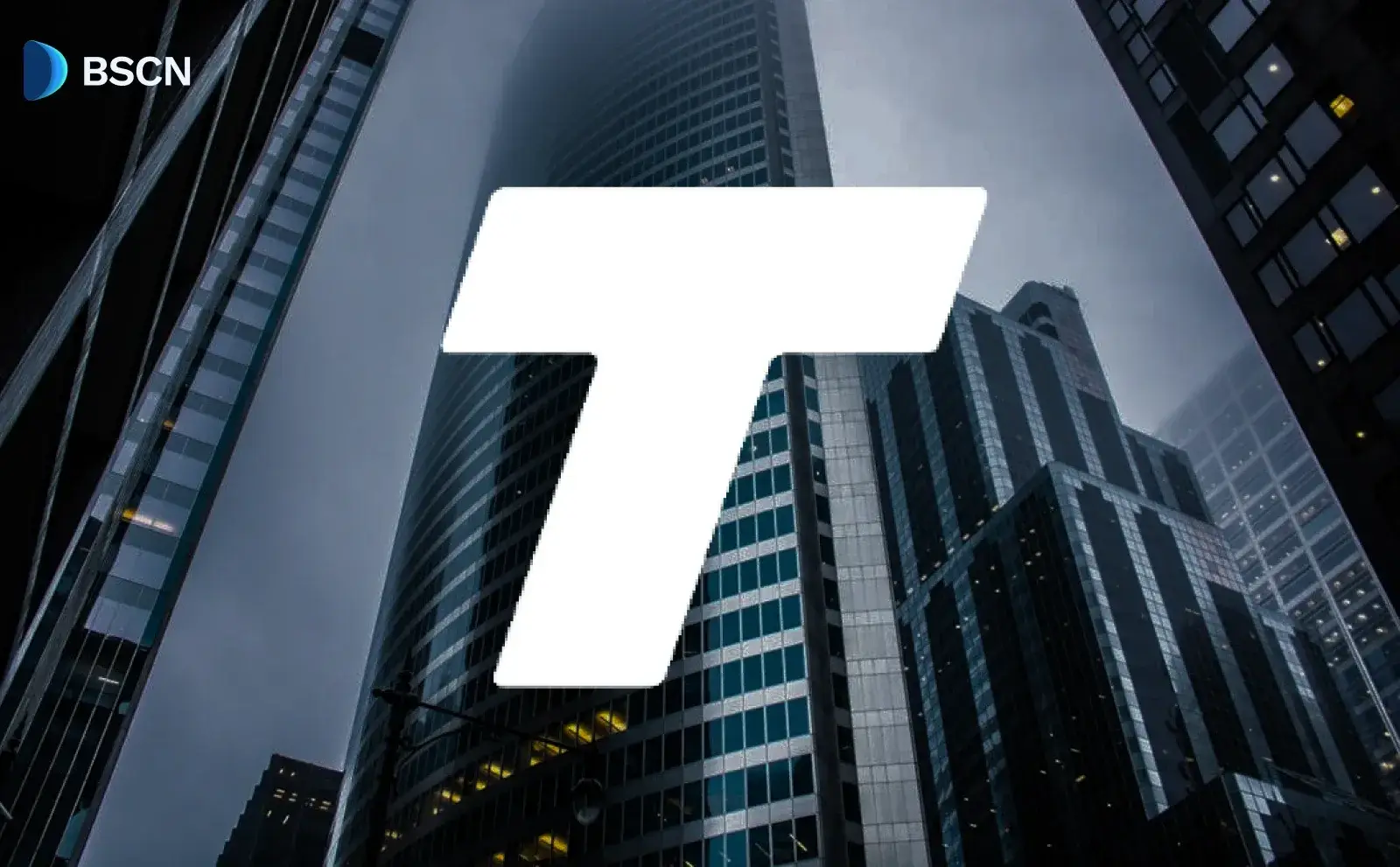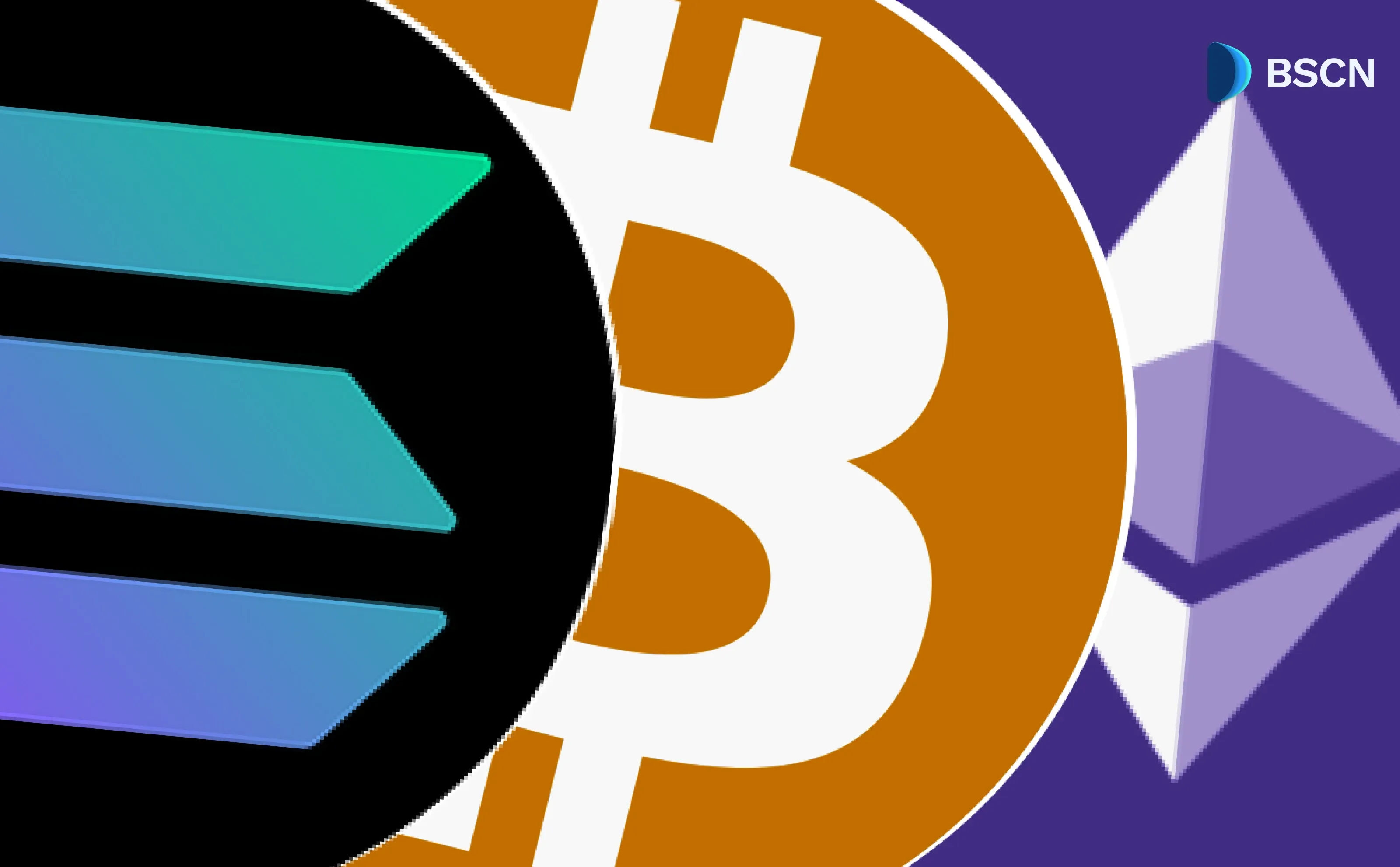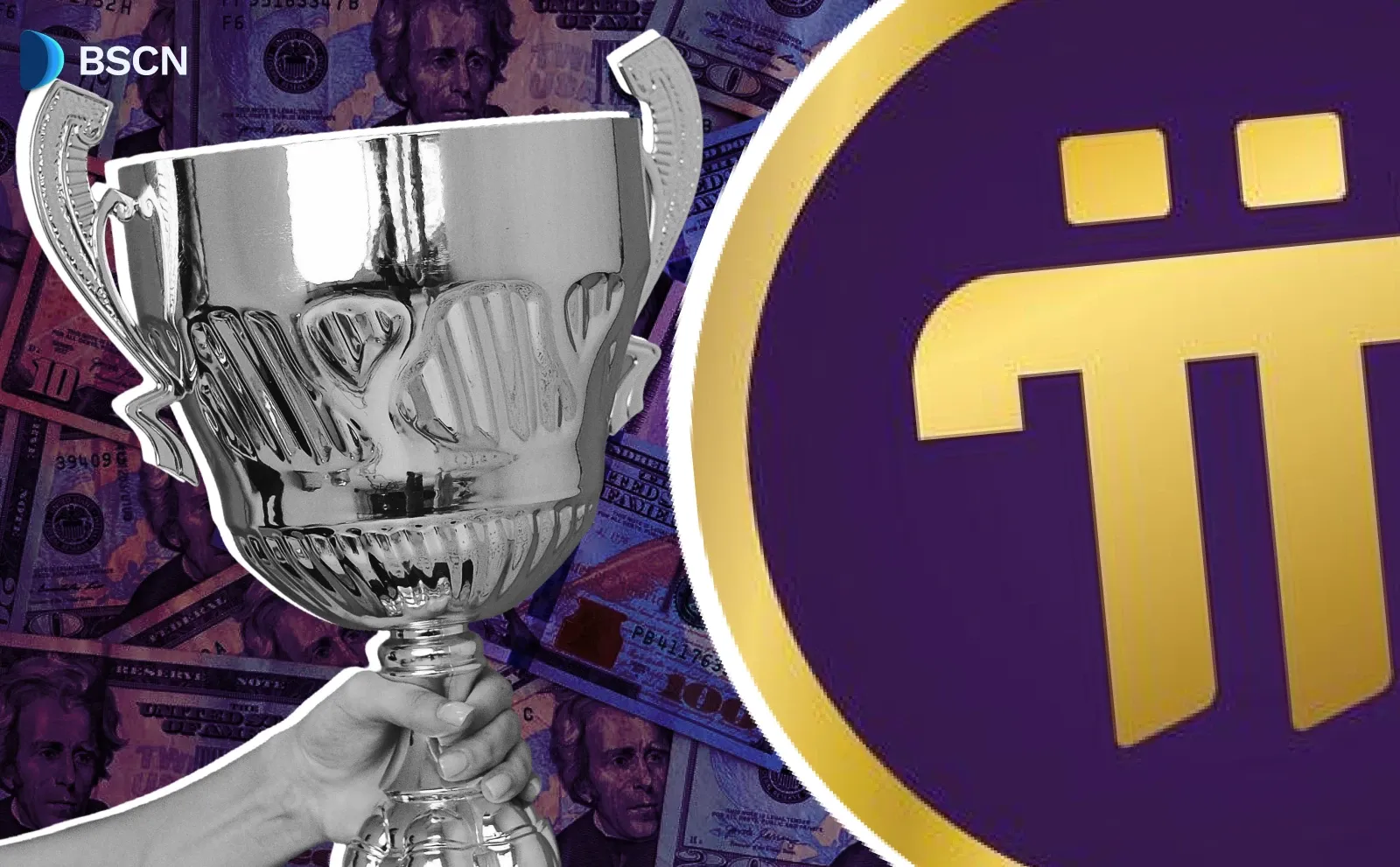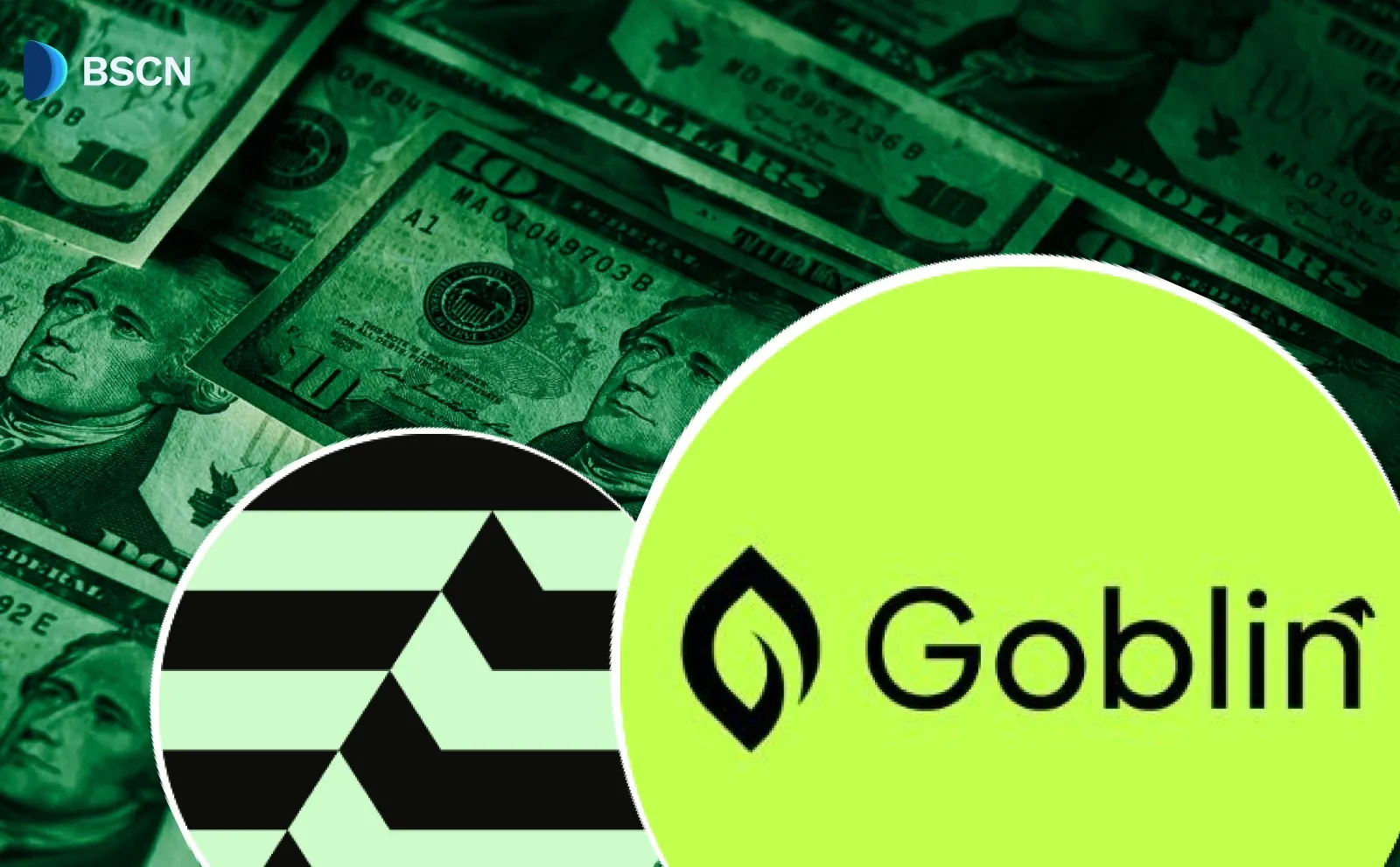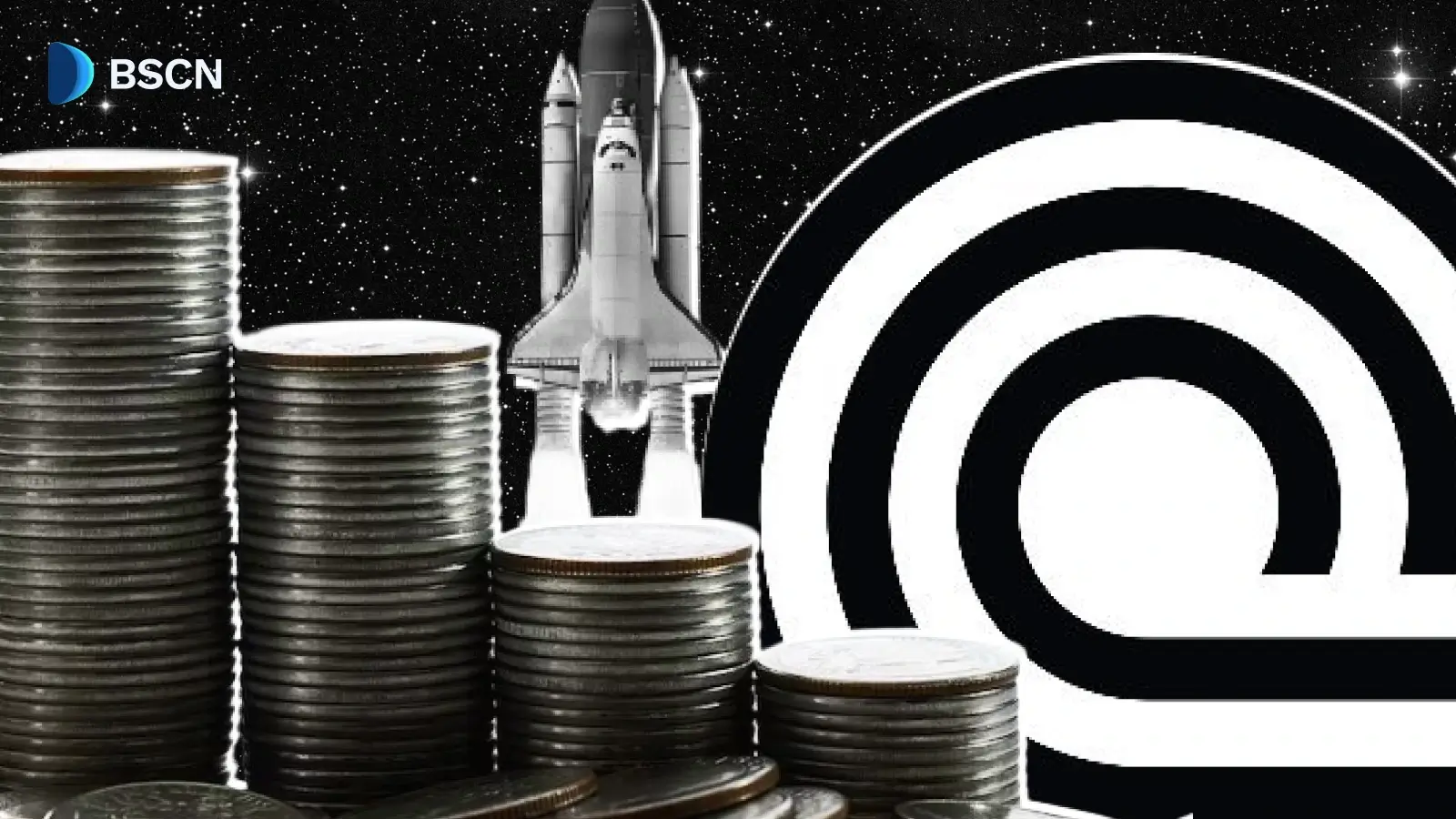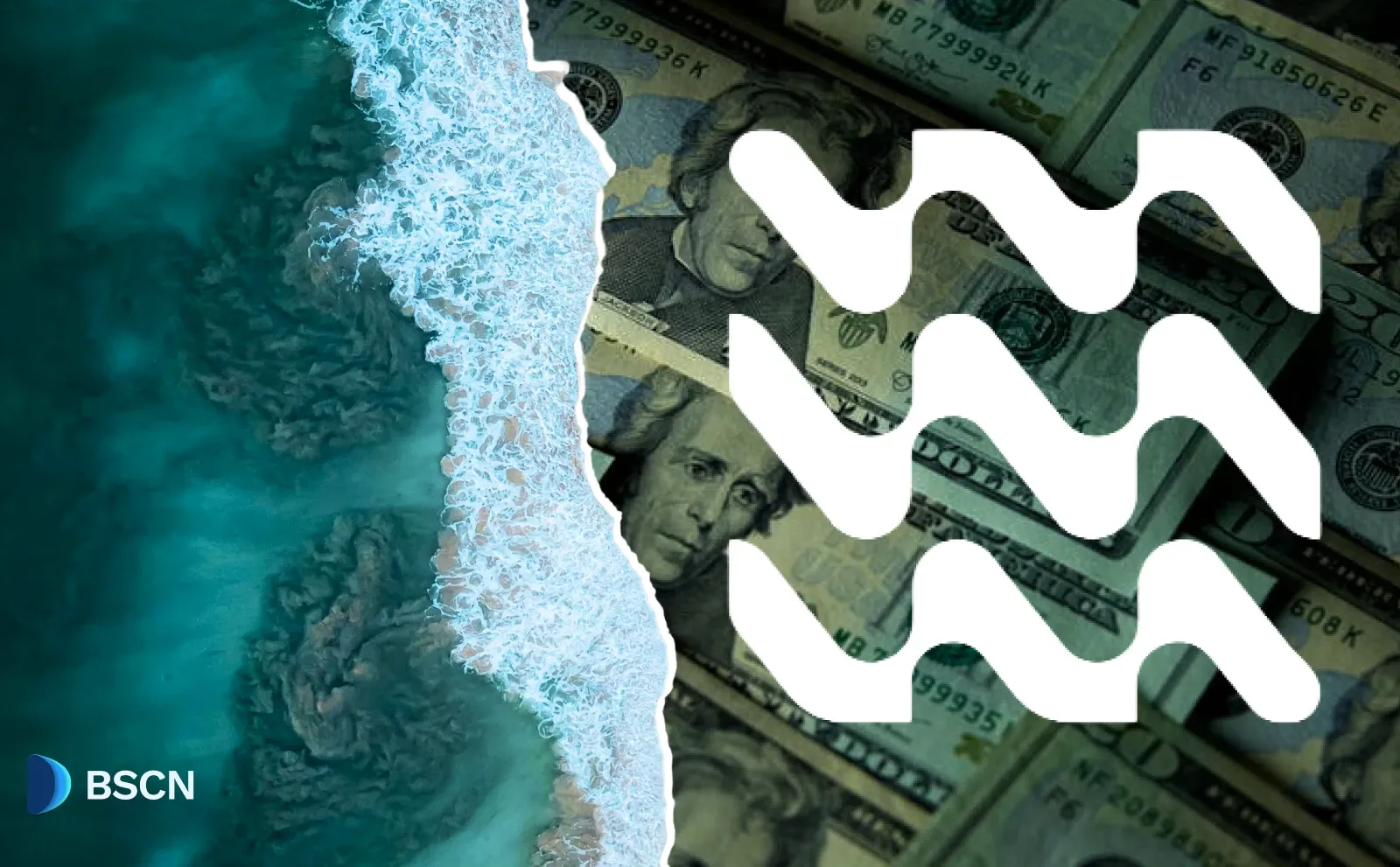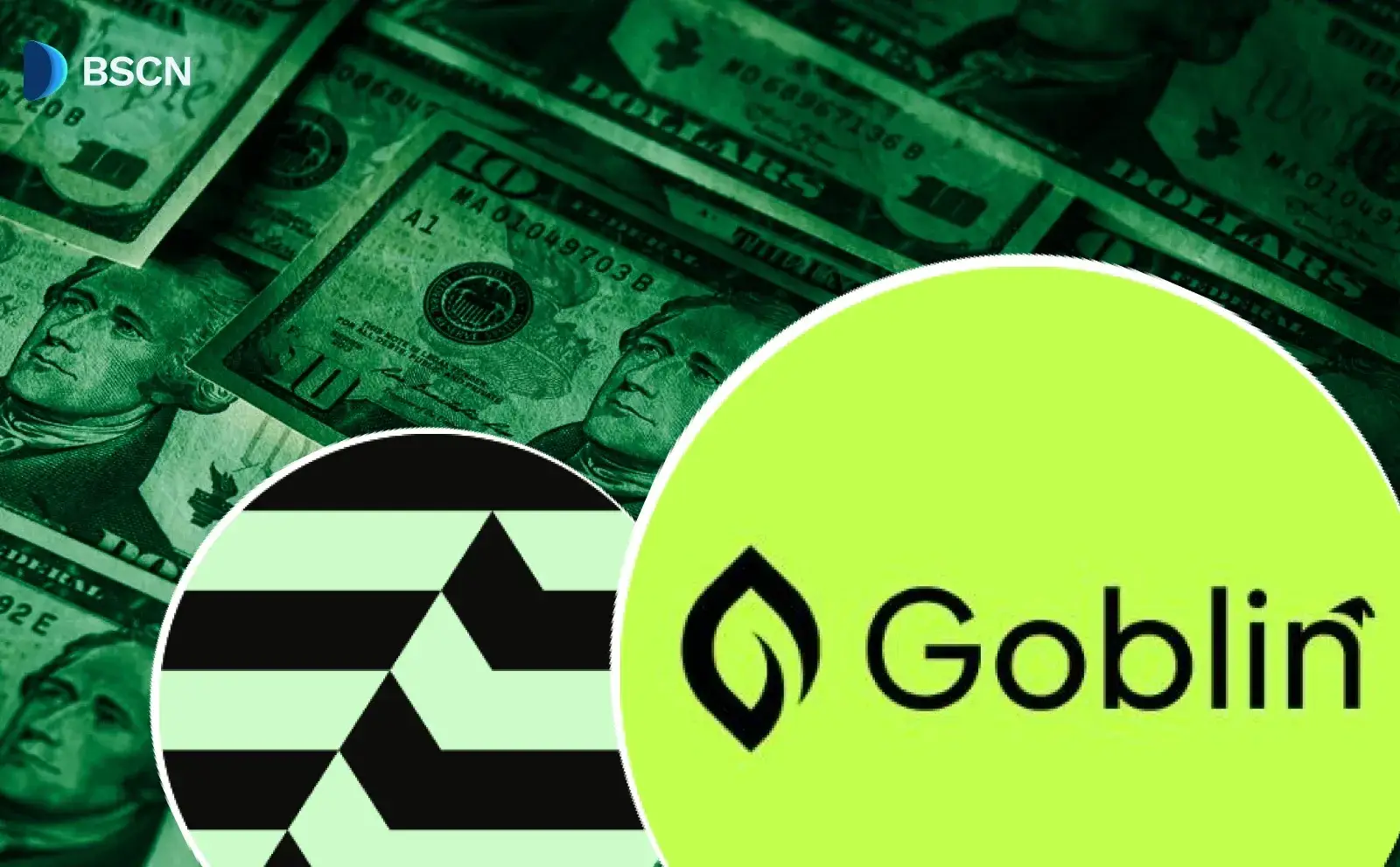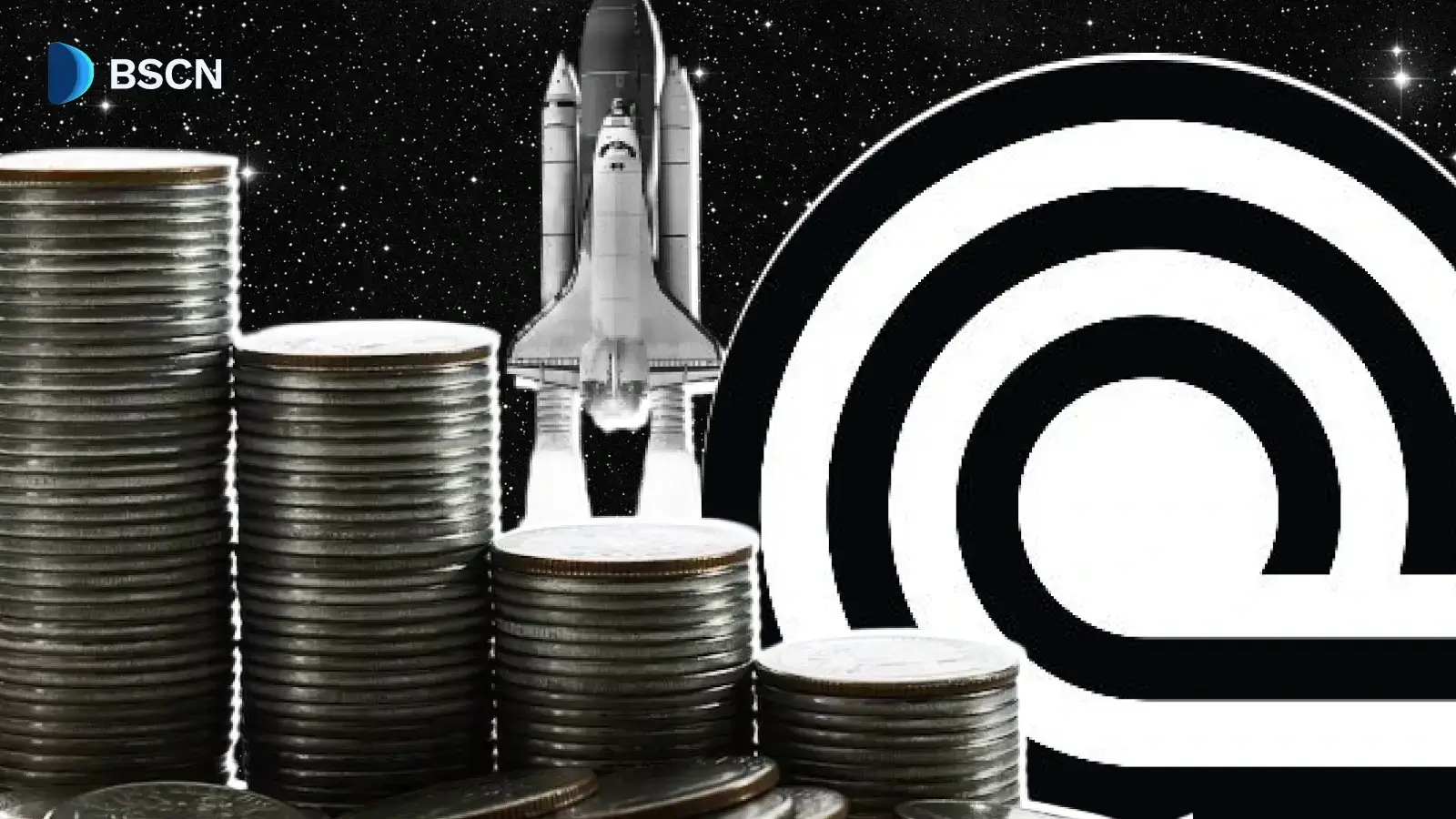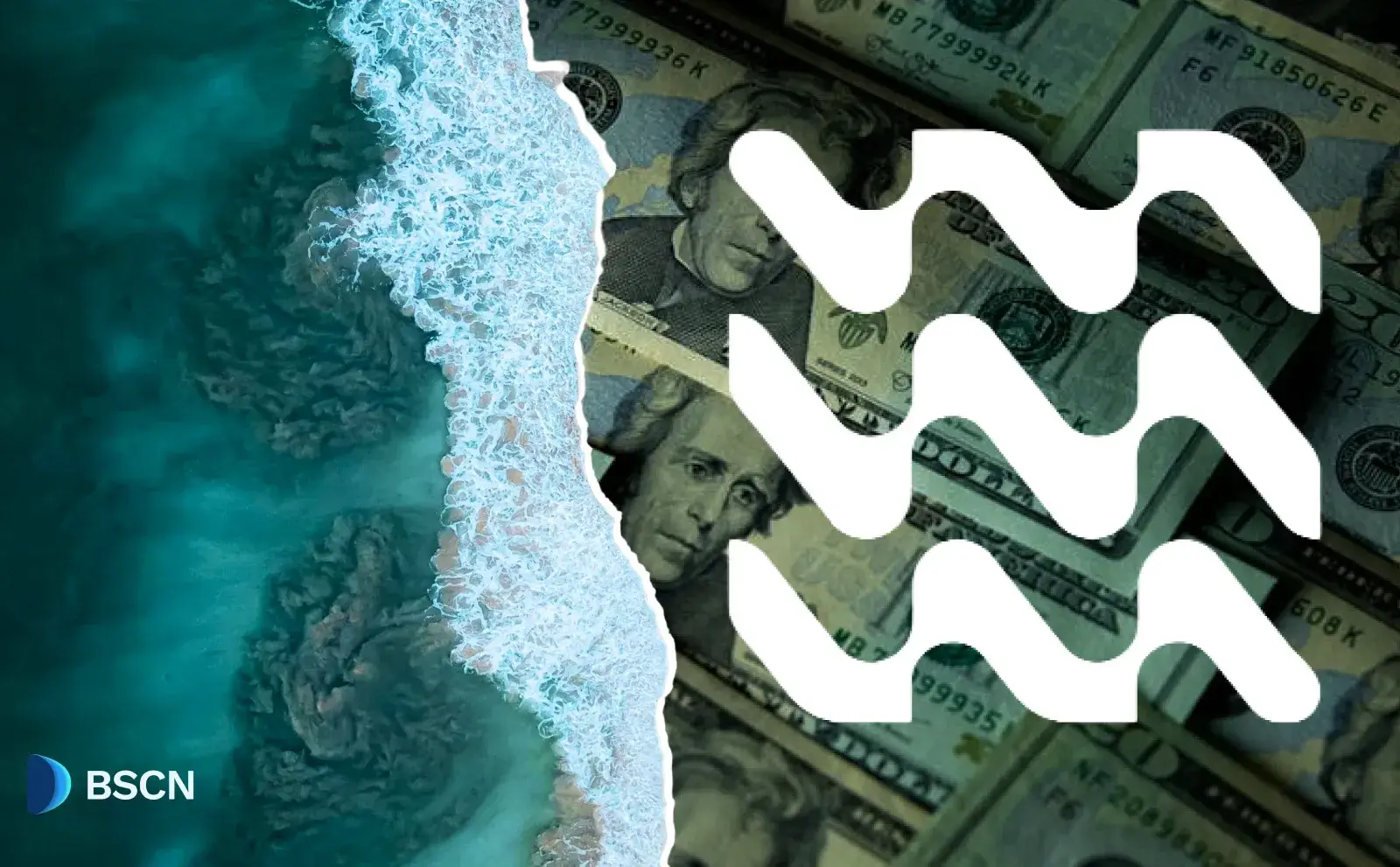Deepdive
(Advertisement)
What Are Stablecoins and How Do They Work?
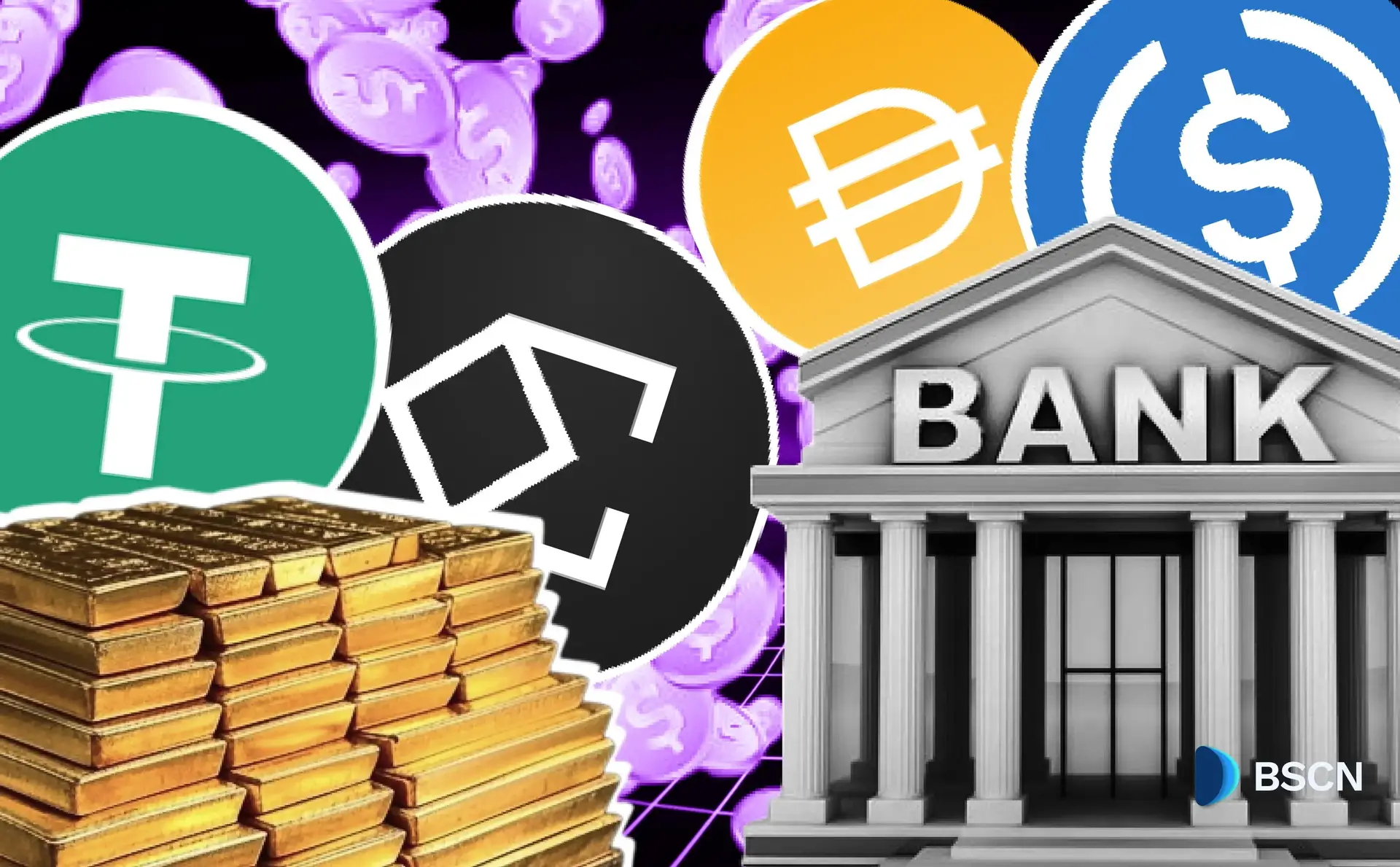
Learn about stablecoins, the steady cryptocurrencies pegged to real-world assets like USD. Discover how they maintain value stability, their different types, and their growing role in digital finance.
Crypto Rich
February 28, 2025
(Advertisement)
Table of Contents
Stablecoins: The Basics
Stablecoins are special types of digital money in the cryptocurrency world. Unlike Bitcoin, which goes up and down in price a lot, stablecoins try to keep their value the same all the time. They are made to be worth the same as regular money like US dollars, or sometimes other things like gold.
These digital coins help people use cryptocurrency for everyday things. When prices stay the same, people can more easily buy things, save money, or send money to other countries without worrying about losing value suddenly.
Current data shows that the total market capitalization of all stablecoins is now more than $228 billion. This number keeps growing as more people and businesses start using them.
Types of Stablecoin
Stablecoins come in different types based on how they keep their value steady. Each type works in its own way and has different good points and risks.
Fiat-Backed Stablecoins
Fiat-backed stablecoins are the most common type. For each digital coin, the company keeps one dollar (or another currency) in a bank account. This makes them easy to understand.
Examples include:
- Tether (USDT): The largest stablecoin with a market capitalization of $142,187,269,265
- USD Coin (USDC): The second-largest stablecoin with a market capitalization of $55,626,716,357, managed by Circle and Coinbase
- First Digital USD (FDUSD): A regulated stablecoin with a market capitalization of $2,096,422,342
Fiat-backed stablecoins work in a straightforward way. When you give the company $1, they give you 1 stablecoin. When you want your dollar back, you give them the stablecoin, and they give you $1. The company needs to keep enough money in their accounts to match all the stablecoins they've created.
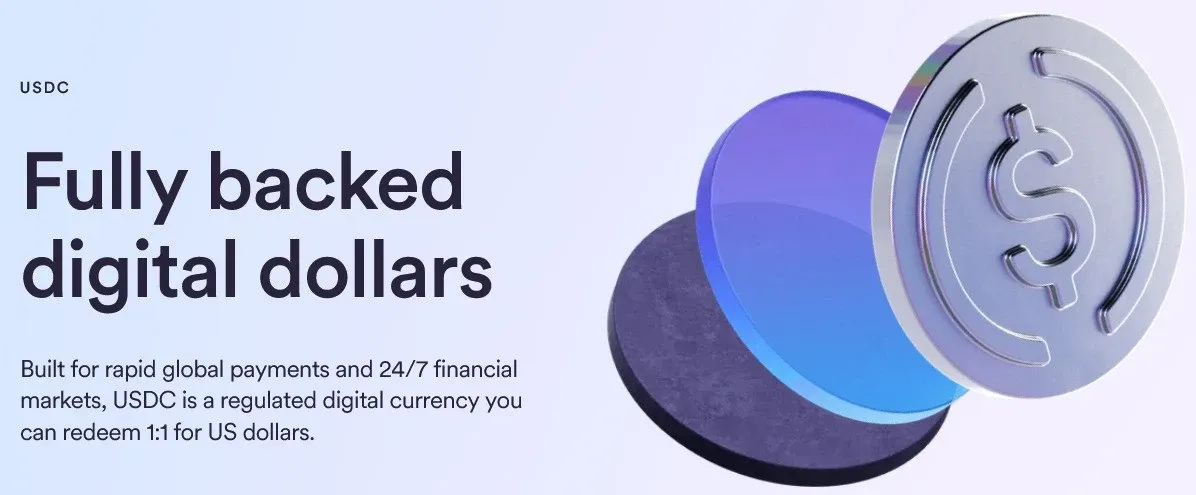
Crypto-Backed Stablecoins
Crypto-backed stablecoins use other cryptocurrencies as backing instead of regular money. Since cryptocurrencies can change in value quickly, these stablecoins require extra cryptocurrency as backup to keep them safe.
The most well-known examples include:
- DAI:A crypto-backed stablecoin with a market capitalization of $5,364,165,554, created by MakerDAO Note: In September 2024, MakerDAO rebranded to Sky and began upgrading DAI to USDS (with DAI to USDS conversion available at a 1:1 ratio)
- Liquity USD (LUSD): A decentralized borrowing protocol that allows you to draw interest-free loans against Ethereum used as collateral
- sUSD: A stablecoin issued by the Synthetix protocol, backed by SNX tokens
This system, called over-collateralization, helps protect against big price drops in the backing cryptocurrency. For example, you might need to deposit $150 worth of Ethereum to get $100 worth of a crypto-backed stablecoin like LUSD.
Algorithmic Stablecoins
Algorithmic stablecoins don't use backing assets. Instead, they use computer programs that automatically add or remove coins from circulation to control the price.
For example, if the price goes above $1, the program creates more coins to decrease the price. If the price falls below $1, the program reduces the number of coins to raise the price.
Examples include:
- FRAX: A fractional-algorithmic stablecoin that is partially backed by collateral and partially stabilized algorithmically
- Ethena USDe: A newer stablecoin with a market capitalization of $5,857,843,591 that uses delta-neutral strategies
- Djed: An overcollateralized algorithmic stablecoin for Cardano
The most infamous algorithmic stablecoin was Terra's UST, which collapsed in May 2022, showing the risks of this approach. Recent data shows many newer algorithmic stablecoins use hybrid models with partial backing to reduce these risks.
Commodity-Backed Stablecoins
Some stablecoins are backed by physical goods like gold or silver. These coins are worth the same as a specific amount of the commodity.
Examples include:
- Pax Gold (PAXG): Each token represents one fine troy ounce of gold
- Tether Gold (XAUT): Also backed by physical gold
How Stablecoins Work
The term "peg" (linking the market value of a cryptocurrency to an external reference) refers to how stablecoins keep their value steady against another asset. Different types use different methods to maintain this peg.
Reserve Management
Fiat-backed stablecoins maintain their peg through careful reserve management. The company that issues the stablecoin must:
- Keep enough assets in reserve
- Allow people to redeem their stablecoins for the backing asset
- Publish regular reports about their reserves
In August 2024, major stablecoin issuers like Circle (USDC) started publishing daily attestations of their reserves to improve transparency.
Collateralization Ratios
Crypto-backed stablecoins use collateralization ratios to maintain their peg. Since cryptocurrencies can be volatile, these systems require over-collateralization.
For example, in crypto-backed stablecoin systems like LUSD or sUSD, if the value of the collateral falls too much, the system will automatically sell the collateral to maintain the peg. Users must maintain a minimum collateralization ratio, often around 150%.
Algorithmic Supply Adjustments
Algorithmic stablecoins use supply and demand mechanics to maintain their peg. While designs vary widely, they generally rely on automatic adjustments to the coin supply based on market conditions.
Many algorithmic stablecoins use a dual-token model:
- The stablecoin itself
- A secondary token that absorbs volatility
In this model, when the stablecoin's price goes above the peg, new stablecoins are created and often distributed to holders of the secondary token. When the price falls below the peg, the system creates incentives—such as arbitrage opportunities or direct rewards—to reduce the stablecoin supply.
However, not all algorithmic stablecoins use a secondary token. Some rely purely on supply adjustments, interest rate mechanisms, or other economic incentives to maintain their peg without needing a separate volatility-absorbing asset.
Real-World Uses
Stablecoins have found many practical uses in the digital economy:
Trading on Cryptocurrency Exchanges
Stablecoins serve as trading pairs on exchanges like Binance and Coinbase. Instead of converting back to traditional currency, traders can move funds into stablecoins during market volatility.
Recent trading data shows that over 70% of all cryptocurrency trading volume involves stablecoin pairs.
Cross-Border Payments and Financial Inclusion
Sending money internationally through banks can be slow and expensive. Stablecoins offer a faster, cheaper alternative. A person can convert local currency to stablecoins, send them anywhere in the world in minutes, and the recipient can convert them back to their local currency.
Companies like Stellar are partnering with stablecoin issuers to make international payments more efficient.
In countries with unstable currencies or limited banking access, stablecoins offer an alternative for everyday transactions. They provide a way to avoid local currency inflation while still having a stable medium of exchange. This financial inclusion aspect has made stablecoins particularly valuable in regions experiencing economic instability or where large portions of the population remain unbanked.
Decentralized Finance (DeFi) Applications
Stablecoins serve as the foundation for many decentralized finance (DeFi) applications on blockchain networks. With the total stablecoin market now exceeding $228 billion, these assets play several critical roles in the DeFi ecosystem:
- Lending and borrowing: Platforms like Aave, Venus, and Compound enable users to earn interest by depositing stablecoins or borrow against their crypto assets using stablecoins
- Liquidity provision: Stablecoins make up a substantial portion of trading pairs in decentralized exchanges and automated market makers like Uniswap and Pancakeswap
- Yield farming: DeFi users deploy stablecoins across various protocols to maximize returns while minimizing price volatility risk
- Synthetic asset creation: Stablecoins serve as collateral for creating synthetic versions of stocks, commodities, and other financial assets
According to DeFi Llama, billions of dollars worth of stablecoins are currently locked in smart contracts across various protocols. This high utilization rate demonstrates how stablecoins have become an essential infrastructure layer for the growing DeFi economy.
Challenges and Risks
Despite their benefits, stablecoins face several challenges:
Regulatory Scrutiny
Governments worldwide are developing regulations for stablecoins. In the US, the Financial Stability Oversight Council (FSOC) identified stablecoins as a potential risk to financial stability in its 2024 Annual Report (released December 2024). The report expressed concerns about their vulnerability to rapid withdrawals or "runs" if investors lose confidence.
With the new administration that took office in January 2025, the regulatory approach may evolve. Recent legislative proposals introduced in February 2025, such as bills by Rep. French Hill and Sen. Cynthia Lummis, focus on regulating rather than restricting stablecoins, requiring U.S.-based issuers to maintain one-to-one reserves and comply with anti-money laundering rules.
Regulators remain concerned about:
- Reserve transparency and adequacy
- Consumer protection
- Financial stability implications
- Money laundering risks
Centralization Concerns
Many popular stablecoins are managed by central companies. This goes against the decentralized ideas of cryptocurrency. Therefore users must trust these companies to:
- Maintain proper reserves
- Secure the funds
- Allow redemptions
Recent efforts to create more decentralized stablecoins aim to address these concerns.
De-pegging Events
Sometimes stablecoins lose their peg to the backing asset. This happened dramatically with Terra's UST in May 2022, when it collapsed from $1 to nearly zero in a matter of days.
Even established stablecoins like USDT have experienced temporary deviations from their $1 peg during market stress, but recovered quickly.
Central Bank Digital Currencies (CBDCs)
Many central banks are developing their own digital currencies. These government-backed digital currencies could become serious competition for current stablecoins.
The European Central Bank has progressed further into the preparation phase for a digital Euro, which began in November 2023 after concluding a two-year investigation. By late 2024, the ECB focused on finalizing a rulebook and selecting providers to build the necessary platform and infrastructure. Recent statements from ECB Executive Board members emphasize prioritizing digital payments to ensure money remains a public good and to enhance Europe's competitiveness. However, the official launch timeline remains cautious, likely stretching toward 2026 or beyond, with a decision on issuance pending EU member state and European Parliament approval.
Meanwhile, China's digital yuan has already seen limited public use, though daily usage remains a small fraction of China's digital payment ecosystem, dominated by Alipay and WeChat Pay. Recent developments include a push for broader domestic adoption and international use, with efforts to integrate e-CNY into cross-border platforms like mBridge (a multi-CBDC initiative with the Bank for International Settlements).
Conclusion
Stablecoins solve a key problem in the cryptocurrency world by providing price stability. They come in several types including fiat-backed, crypto-backed, algorithmic, and commodity-backed versions.
These digital assets serve important functions in the cryptocurrency ecosystem and beyond, from trading to cross-border payments to powering decentralized finance applications.
While stablecoins face challenges including regulatory oversight and centralization concerns, they continue to grow in adoption and importance. With a total market value exceeding $228 billion and expanding use cases, stablecoins represent an important bridge between traditional finance and the emerging digital economy.
As both technology and regulation mature, stablecoins establish themselves as a fundamental component of the new financial landscape.
Read Next...
Disclaimer
Disclaimer: The views expressed in this article do not necessarily represent the views of BSCN. The information provided in this article is for educational and entertainment purposes only and should not be construed as investment advice, or advice of any kind. BSCN assumes no responsibility for any investment decisions made based on the information provided in this article. If you believe that the article should be amended, please reach out to the BSCN team by emailing [email protected].
Author
 Crypto Rich
Crypto RichRich has been researching cryptocurrency and blockchain technology for eight years and has served as a senior analyst at BSCN since its founding in 2020. He focuses on fundamental analysis of early-stage crypto projects and tokens and has published in-depth research reports on over 200 emerging protocols. Rich also writes about broader technology and scientific trends and maintains active involvement in the crypto community through X/Twitter Spaces, and leading industry events.
(Advertisement)
Latest News
(Advertisement)
Crypto Project & Token Reviews
Project & Token Reviews
Comprehensive reviews of crypto's most interesting projects and assets
Learn about the hottest projects & tokens



